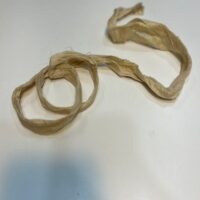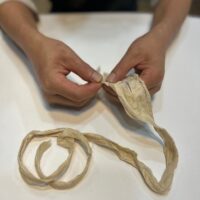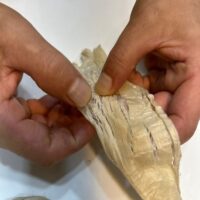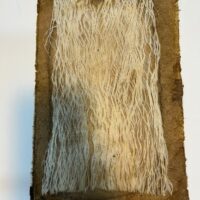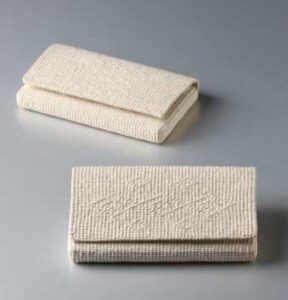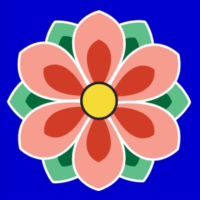Hanji making
Hanji is traditional Korean paper made primarily from the inner bark of the mulberry tree (Broussonetia kazinoki). Known for its strength, durability, and smooth texture, hanji has been an essential part of Korean culture for centuries, used in writing, painting, and crafting. The term „Hanji” literally means „Korean paper,” reflecting its deep cultural significance.
How to make Hanji
The production of hanji involves a meticulous and labor-intensive process. It begins with harvesting the mulberry bark, which is then steamed, boiled, and pounded into a fine pulp. This pulp is mixed with water and a natural adhesive called dak pul, made from the mucilage of the hibiscus root (Hwangchokgyu). The mixture is then spread onto a bamboo screen called a bal, where it is carefully stirred and layered to form sheets. The sheets are pressed to remove excess water, then dried, often against a large sheet, to achieve a smooth finish. Historically, hanji was so highly regarded that it was known as „Goryeoji” during the Goryeo Dynasty, prized for its superior quality.
The production of hanji involves a meticulous and labor-intensive process. It begins with harvesting the mulberry bark, which is then steamed, boiled, and pounded into a fine pulp. This pulp is mixed with water and a natural adhesive called dak pul, made from the mucilage of the hibiscus root (Hwangchokgyu). The mixture is then spread onto a bamboo screen called a bal, where it is carefully stirred and layered to form sheets. The sheets are pressed to remove excess water, then dried, often against a large sheet, to achieve a smooth finish. Historically, hanji was so highly regarded that it was known as „Goryeoji” during the Goryeo Dynasty, prized for its superior quality.
With master Jang Seongwoo, who is designated as an intangible cultural asset, participants will be able to have the opportunity to touch mulberry trees and make Hanji. The process involves spreading boiled mulberry tree bark to create the paper. At the end of the session, participants will receive the Hanji they made.
Jiseung – paper weaving
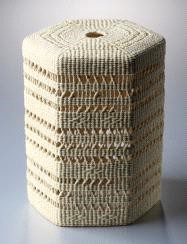
Anyone can learn the Jiesung technique at the Festival of Crafts, where master Cho Eun Sil will demonstrate the ins and outs of paper weaving.
Calligraphy
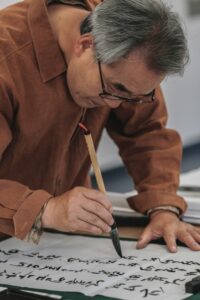
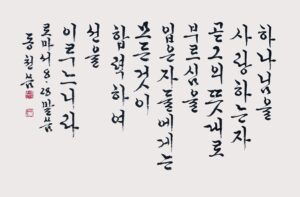
Dancheong – decorative colouring on wooden buildings
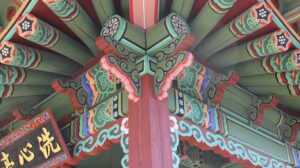
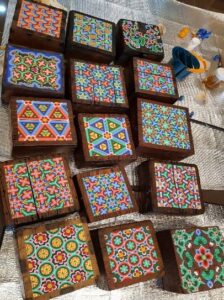
There are some iconic, representative Dancheong patterns, with symbolic meanings. The lotus flower design represents purity and enlightenment, the peony symbolizes wealth and honor, and the crane signifies longevity.
In this event, with master Kim Suyeon, participants can create ‘Dancheong Ttakji’ using paper decorated with these traditional Dancheong patterns. While Dancheong is usually found in architecture, this program adapts it for use on paper. Ttakji is a traditional game where players flick folded paper cards to flip their opponent’s card, blending cultural artistry with playful competition.


